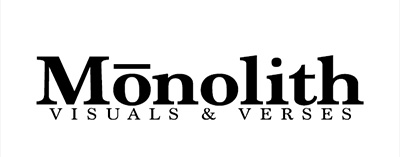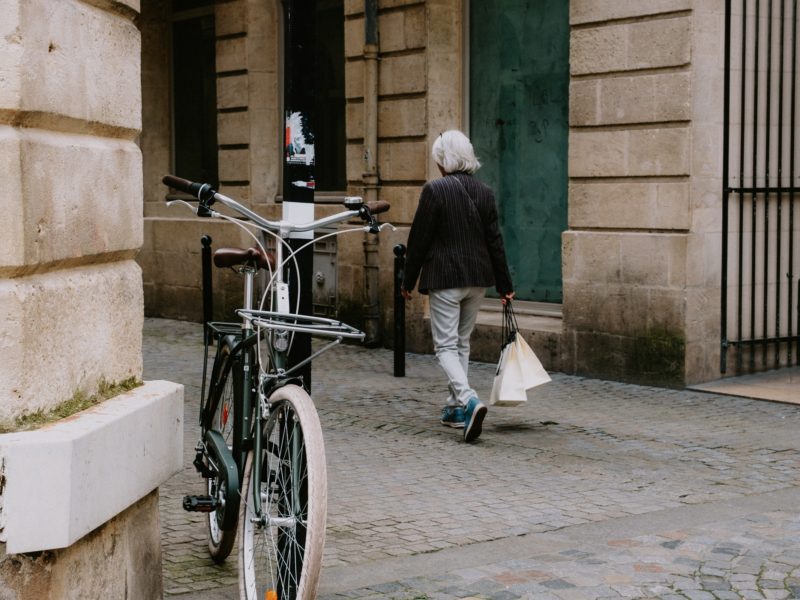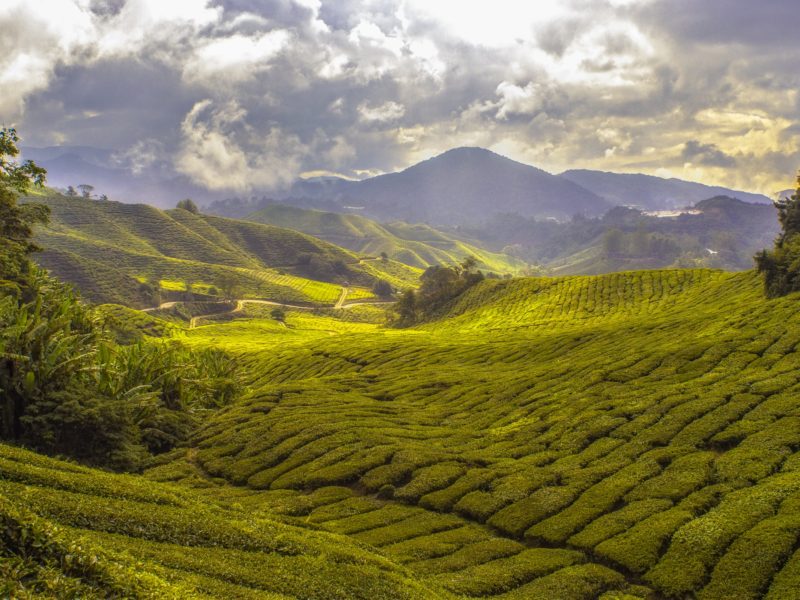The Magic is the Unknown
Polish born artist Goshka Macuga is known for taking on the role of curator and archivist within her practice. We visit Goshka in her London studio as she explains her meticulous research process and shows us her archive collection of the forgotten Czech photographer Miroslav Tichý. Working across mediums such as woven tapestry, sculpture and collage, she collaborates with other artists to create intricate pieces, as seen in this episode. Goshka Macuga has worked out a very unique artistic strategy in which she moves beyond the traditionally perceived role of an artist, although in her work, she does also use traditional media, such as sculpture, drawing, painting, photography and film. She creates installations in which she appropriates the work of other artists, archive materials, ready-mades, but also objects of her own making. She communicates using the techniques and tactics of a museum exhibit or an archive (because of this, her art is often compared to that of Marcel Broodthaers). These are methods that are usually ascribed to curators rather than to artists. Macuga herself has said:
I am an artist who is trying to extend my activities by being a curator, a historian, a history-teller, a critic, archivist, exhibition designer, architect, composer, gallerian, sociologist, biologist, film-maker, collector, photographer, performer, magician etc.
Macuga’s work method is often referred to as cultural archaeology as well as being compared to detective work. An exhibition is always preceded by archival research, often linked to the institution for which a given project is being created. The installations are constructed using different elements and are based on changing the context, showing coincidences and interrelations that previously went unnoticed, and recalling facts that have either been forgotten or suppressed.
My work alters the context – explains the artist. – I hope that it can create temporary changes in how the viewer perceives certain concrete items, objects, works of art, pictures and stories. History changes over time, our memories change as a result of new experiences and our experience, in turn, influences our memories.
The aim is to create new meanings and to offer the viewers the possibility to re-read the facts and artefacts. Above all, Macuga reveals the political factor in that which is aesthetic and visual. By doing so, she enters fields like art history, ethnology, psychology or esoteric science.
After completing her studies at the Central Saint Martins School of Art, and at Goldsmiths College in London, she embarked on a professional career as an artist. It was towards the end of the ‘90s that Macuga began using the works of other artists. One of the first of such installations was Cave (1999), in which she incorporated the works of artists like Keith Tyson and Dexter Dalwood. In order to present them, she designed a grotto-like space, the walls of which she covered with crumpled brown paper. The installation as a whole constituted a bitter reflection on the nature of works of art and the manner of their presentation. As Michael Wilson wrote:
the structure and style of a cave seemed to be designed first and foremost to protect and preserve these rare jewels, displaying them with some reluctance to be seen by the viewer.
For the Zawody malarskie (Painting Contest) in Bielsko Biała in 2001, Macuga prepared an installation that was similar in message –Pejzaż (Landscape) – she placed the works of other artists on a photo wallpaper, selecting them according to how their themes correspond with aspects of the landscape. Adam Szymczyk, curator of the exhibition, wrote in the catalogue that
Macuga’s Landscape can be viewed as an exaggerated model of a thematic exhibition, where the different works relate to the selected theme by way of clinging. (…) Undermining therefore, the alleged naturalness and neutrality of contemporary culture’s standard of ‘lovely views’, which actually has its roots in the tradition of true painting, Macuga also questions the claims of ‘true artists’ about being original, by inserting examples of extreme artistic individualism inside the frames of a typical, repetitive picture.



